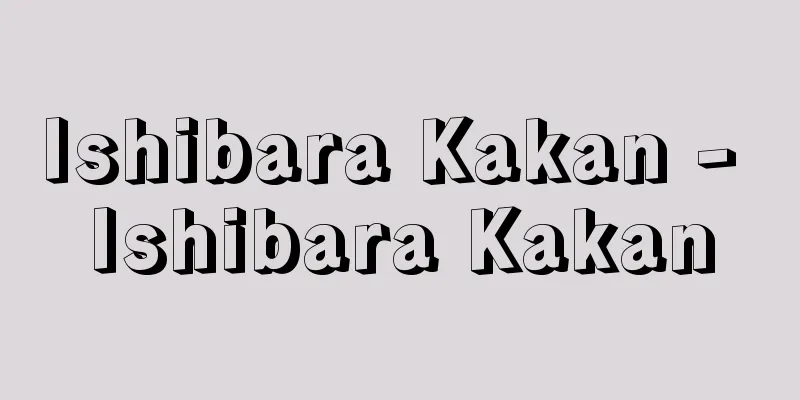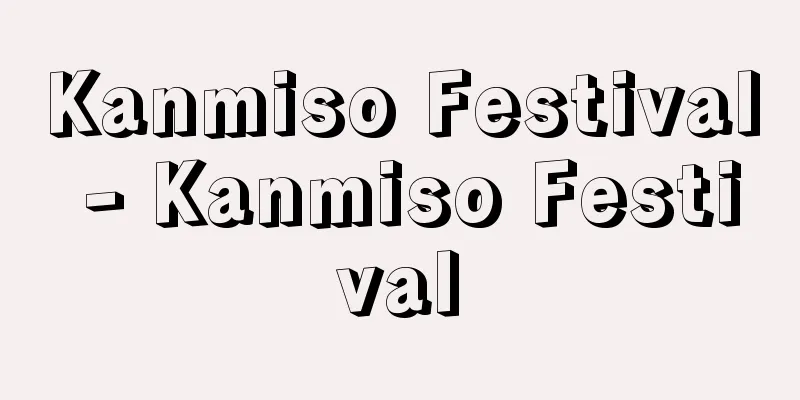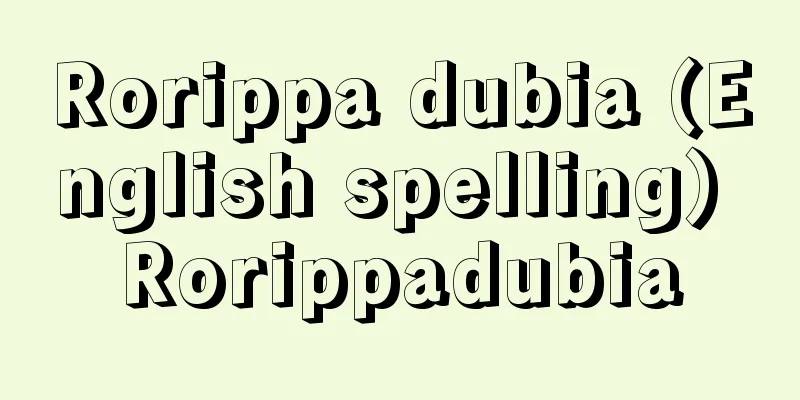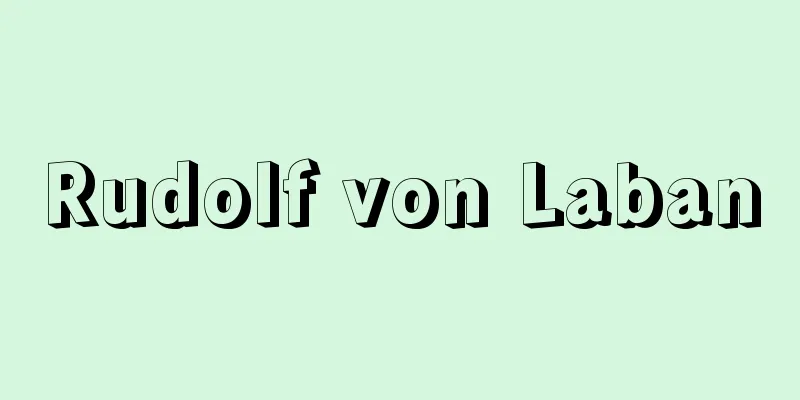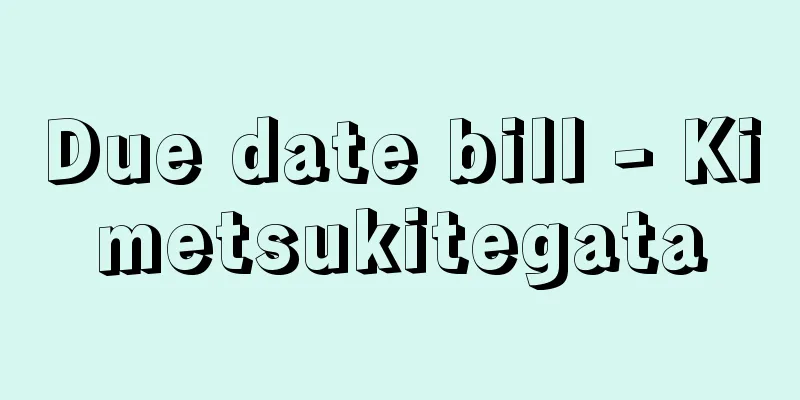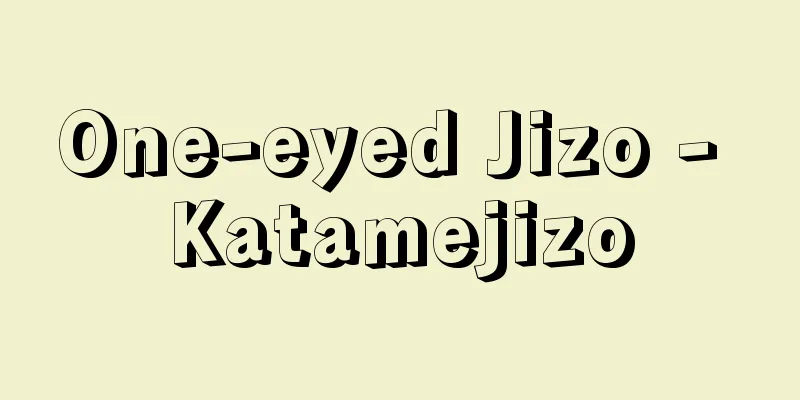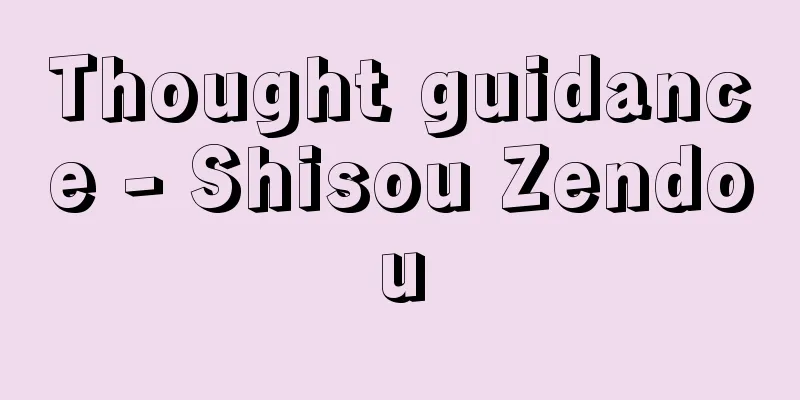Hieroglyph - Hieroglyph (English spelling)
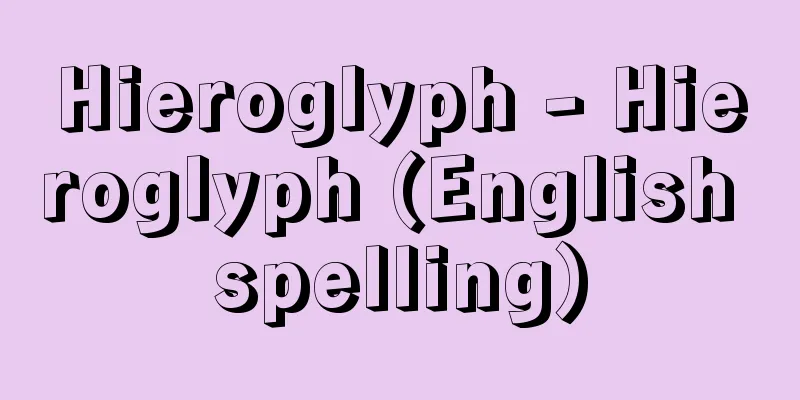
|
Originally it referred to one of the writing styles of ancient Egyptian characters, but today it is used as a general term for ancient Egyptian characters, and is also used metaphorically to refer to hieroglyphics such as Chinese characters and Mayan characters. The original meaning was "sacred carvings," and it is also called hieroglyphics or sacred characters. The Greek historian Herodotus divided the ancient Egyptian writing into hieroglyphic and demotic (popular writing/popular script), where hieroglyphic meant monumental writing carved in stone, and demotic meant cursive writing written on papyrus. Father Clement of Alexandria placed hieratic (priestly script) in between, and called the third writing (Herodotus' demotic) epistographica (epistolary script), which was sometimes called encorial (indigenous). In modern times, hieroglyphic became the term that represents these two. [Yajima Fumio] "An Illustrated Introduction to Ancient Egyptian Writing" by Stephane Rossini, translated by Yajima Fumio (1996, Kawade Shobo Shinsha)" ▽ "An Illustrated Dictionary of Ancient Egyptian Symbols" by Richard H. Wilkinson, supervised by Kondo Jiro, translated by Ito Harumi (2000, Hara Shobo)" ▽ "A Dictionary for Reading Ancient Egyptian Writing" by Akiyama Shinichi (2003, Tokyodo Publishing)" ▽ "Ancient Egyptian Culture and Hieroglyphics" by Bridget McDermott, supervised by Kondo Jiro, translated by Takeda Etsuko (2003, Sancho Publishing)" [References] | | | | | | | |Source: Shogakukan Encyclopedia Nipponica About Encyclopedia Nipponica Information | Legend |
|
もとは古代エジプト文字の書体の一つをさしていたが、今日では古代エジプト文字の総称として用いられ、また比喩(ひゆ)的に漢字・マヤ文字などの象形文字をさすのに使われることもある。原義は「神聖な彫刻」で聖刻文字、神聖文字ともよばれる。 ギリシアの歴史家ヘロドトスは、古代エジプト文字をヒエログリフとデモティック(通俗文字・民衆文字)に分けたが、この場合ヒエログリフは石などに刻まれた記念碑的書体、デモティックはパピルスなどに記された草書体を意味していた。アレクサンドリアの神父クレメンスはこの中間にヒエラティック(神官文字)を置き、第三の書体(ヘロドトスのデモティック)をエピストグラフィカ(書簡体)とよんだが、これはエンコリアル(土着のもの)とよばれることもあった。近代になってヒエログリフがこれらを代表する用語となった。 [矢島文夫] 『ステファヌ・ロッシーニ著、矢島文夫訳『図説古代エジプト文字入門』(1996・河出書房新社)』▽『リチャード・H・ウィルキンソン著、近藤二郎監修、伊藤はるみ訳『図解古代エジプトシンボル事典』(2000・原書房)』▽『秋山慎一著『古代エジプト文字を読む事典』(2003・東京堂出版)』▽『ブリジット・マクダーモット著、近藤二郎監修、竹田悦子訳『古代エジプト文化とヒエログリフ』(2003・産調出版)』 [参照項目] | | | | | | | |出典 小学館 日本大百科全書(ニッポニカ)日本大百科全書(ニッポニカ)について 情報 | 凡例 |
>>: Pierrot - Pierrot (English spelling) French
Recommend
Combe-Grenal
...It is a simple structure consisting of a rough...
Tree of Jesse - Essai no Ki
…From Noah, the father, grow two trunks, Shem and...
White, Pearl (English spelling) WhitePearl
…American serials were linked to newspaper fictio...
Liaison aircraft
A small military aircraft used to support ground t...
Nautilus macromphalus (English spelling)
… [Ikuo Obata]. … *Some of the terms mentioned in...
Croquembouche
...The baked shell is cut or holes are made in th...
Human Rights Commissioner
The Human Rights Commissioners were established i...
Kitatama
...the general name for the three districts of Ni...
Agricultural population - nougyoujinkou
The total number of people engaged in agriculture ...
Antigen - Kougen (English spelling) antigen
When a living organism is administered a "non...
Sukayna (English spelling)
?‐735 She was an Arab noblewoman during the Umayya...
Perillula reptans Maxim. - Perillula reptans Maxim.
A perennial plant of the Lamiaceae family that gro...
goatfish
...There are many small to medium-sized species. ...
Ammianus Marcellinus
The greatest Roman historian of late antiquity, bo...
Hospital infection
Hospital infection is also called hospital infecti...
